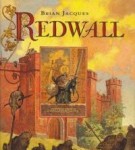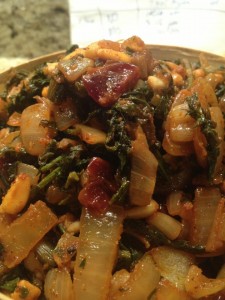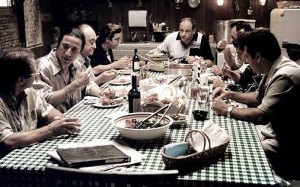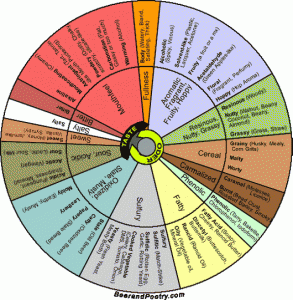We strive for original content here at PitchKnives, but it just so happens that lately I’ve crossed paths with some interesting food ephemera from all corners of the web. Not wanting our readership to miss out on these tidbits, I’ve compiled a few of them here so that you’ll have more than just your cookbooks and our humble blog to help you while away these long, dark winter evenings. Click away and eat up.
 The book lists on Flavorwire are enough to single-handedly lengthen my to-read catalog beyond any sensible proportions. That’s why I was so excited when they recently published a a list of 50 Essential Novels for Foodies. It’s stuffed with plenty of tasty-sounding options that I’ve never heard of before, but any list that includes the cordial-fueled feasts of Redwall…well, they had me at hello.
The book lists on Flavorwire are enough to single-handedly lengthen my to-read catalog beyond any sensible proportions. That’s why I was so excited when they recently published a a list of 50 Essential Novels for Foodies. It’s stuffed with plenty of tasty-sounding options that I’ve never heard of before, but any list that includes the cordial-fueled feasts of Redwall…well, they had me at hello.- Being a frequent runner, I’m obsessed with podcasts of all stripes, and one of my new favorites is Snap Judgement. It guess it’s loosely based on the theme of pivotal decisions, but more accurately, it’s theme is…um…cool stuff. A good place to start is their Thanksgiving episode, which is supposedly about gratitude, but ends up being largely about food, too. Just listening to the way the spy in the first story pronounces “Gummi Bears” is worth the price of admission. Continue reading







